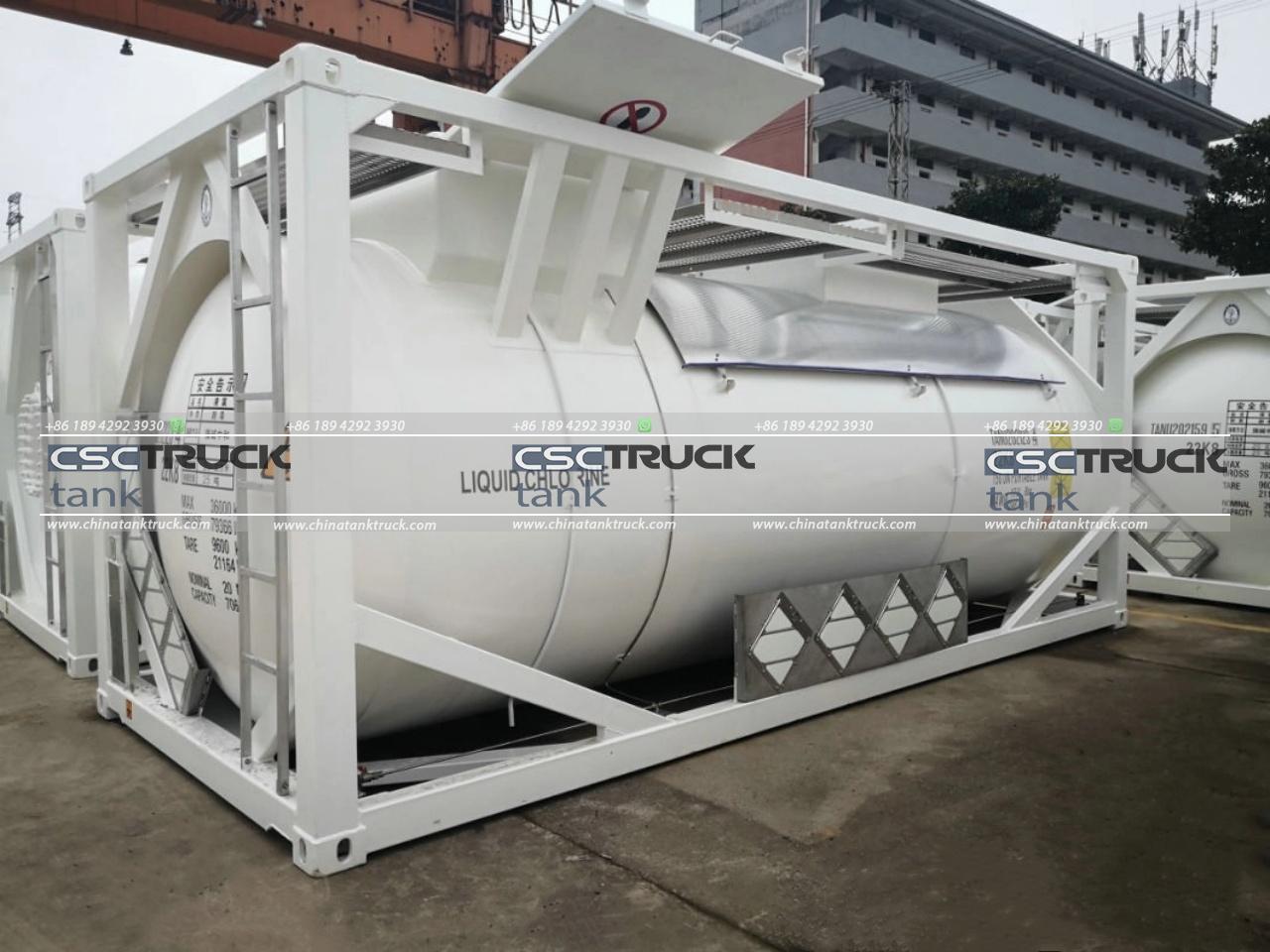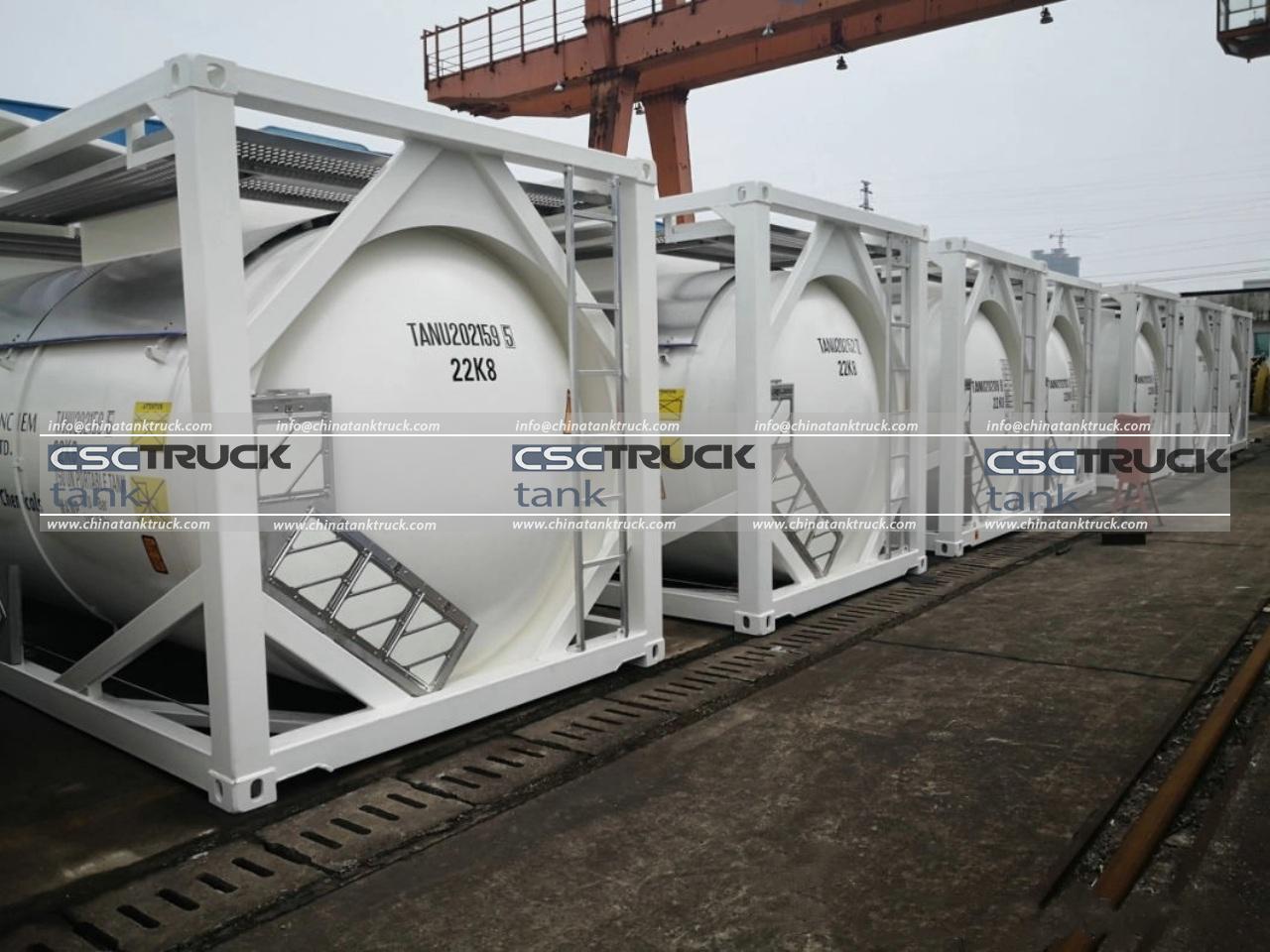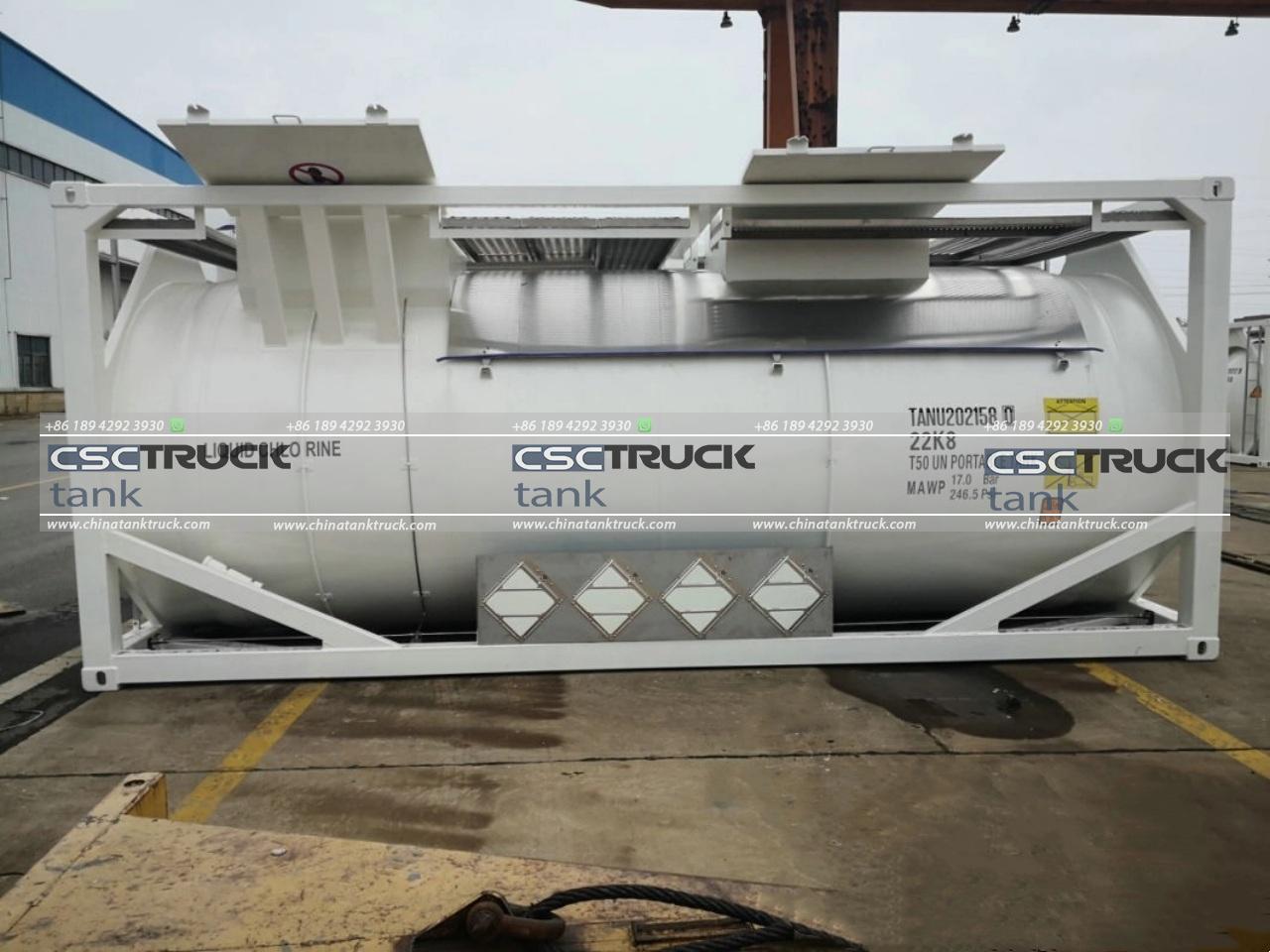What Shape is an ISO Tank?
ISO tanks are a critical component in the transport of liquid, gas, and powdered goods around the world. These containers, which adhere to strict international standards set by the International Organization for Standardization (ISO), are designed for efficiency, safety, and durability. However, when people ask, “What shape is an ISO tank?” the answer isn’t as straightforward as simply labeling it as a cylinder or a rectangular box. The shape of an ISO tank plays a key role in its functionality, the types of goods it can carry, and how it fits into the larger global logistics system. This article dives deep into the physical structure of ISO tanks, their purposes, and the engineering reasons behind their distinctive shape.
Basic Structure of an ISO Tank
At first glance, an ISO tank appears to be a cylindrical vessel enclosed in a rectangular steel framework. This design is intentional, as the cylindrical shape offers multiple benefits when it comes to transporting liquids and gases under varying pressures, while the rectangular frame ensures the tank conforms to standard container sizes used across different modes of transport.
ISO tanks typically have a **cylindrical barrel**, made of stainless steel or aluminum, which is where the cargo is stored. This cylindrical section is encased in a rectangular steel frame, often made from carbon steel, designed to allow the tank to fit into standard container slots on ships, trains, and trucks. The cylindrical portion runs horizontally, supported by the rectangular framing at each end, and sometimes additional structural beams are included to provide extra support or insulation.
This design enables the ISO tank to maintain its functionality while fitting into the standardized global logistics system, designed around square and rectangular containers.

Why the Cylindrical Shape?
The cylindrical shape of the tank section is an engineering decision based on the need to transport liquids and gases safely and efficiently. Cylinders are one of the most effective shapes for holding fluids under pressure because the shape evenly distributes stress across its surface, minimizing weak points. This is why you often see pressure vessels, gas tanks, and even boilers built with cylindrical structures.
1. Pressure Distribution:
Cylinders handle internal pressure far more effectively than rectangular shapes. If an ISO tank were square or rectangular, the corners would be natural stress concentrators, areas where pressure could cause warping or even failure over time. The absence of corners in a cylindrical shape helps reduce the risk of ruptures or leaks, making it ideal for liquids and gases that may expand under pressure, like hazardous chemicals or liquefied gases.
2. Structural Efficiency:
Cylindrical tanks are also more structurally efficient in terms of material usage. The surface area required to enclose a volume in a cylinder is lower than that for a cube or rectangular structure of the same capacity. This helps reduce the weight of the tank, which is a crucial factor for transportation efficiency. ISO tanks are typically used in international shipping, where minimizing weight directly translates to lower transportation costs.
3. Handling Sloshing:
Liquids inside the tank are prone to sloshing when the container is in motion. The cylindrical shape helps reduce sloshing effects, as liquid flows more uniformly inside a rounded vessel. This is crucial for maintaining stability, especially in road and sea transport, where erratic motion can cause shifts in the center of gravity. The even internal shape allows for more predictable fluid dynamics.
4. Easier to Clean and Maintain:
The cylindrical shape of the tank allows for easier cleaning and maintenance. Rectangular or more complex shapes often create areas where residues can gather, especially when dealing with thick liquids like oils or food products. The smooth, continuous surface of a cylinder means fewer crevices where material can get stuck, making it more hygienic for cargo like foodstuffs or pharmaceuticals.
The Rectangular Frame
Though the tank itself is cylindrical, it is contained within a rectangular steel frame, which fits the standard dimensions for intermodal shipping containers. The typical ISO tank has a 20-foot length, which aligns with the 20-foot and 40-foot container standards used in international shipping. This standardization ensures that the tank can be transported via ship, train, or truck without requiring special handling equipment.
1. Stackability and Stability:
A cylindrical tank alone wouldn’t stack neatly with other containers, and it would require custom securing mechanisms during transport. The rectangular frame surrounding the tank allows it to stack perfectly with standard shipping containers. Ships and freight trains are optimized for the easy stacking of containers, which is essential for maximizing space efficiency. The ISO standard ensures that these tanks can be stacked, locked in place, and transported just like any other container.
2. Durability and Protection:
The rectangular frame also provides additional protection to the cylindrical tank. During transport, tanks can be exposed to various environmental conditions, including impact, vibration, and extreme temperatures. The steel frame acts as a protective barrier, reducing the likelihood of damage to the internal tank. It also offers points for attaching securing equipment, further enhancing the safety of the cargo.

Types of ISO Tanks and Their Shapes
Though the most common type of ISO tank follows the cylindrical-in-rectangular-frame design, there are variations depending on the cargo. Some specialized ISO tanks are slightly different in shape to accommodate unique shipping requirements:
1. T11 ISO Tanks (General Purpose):
These are the most commonly used ISO tanks, designed to carry both hazardous and non-hazardous liquids. They have a cylindrical design with a stainless steel barrel inside a rectangular frame.
2. T50 ISO Tanks (Gas Tank):
ISO tanks used for transporting gases under high pressure or liquefied gases have thicker, reinforced walls to handle the higher internal pressure. These tanks are also cylindrical but may have additional insulation or heating systems, depending on the type of gas being transported.
3. T75 ISO Tanks (Cryogenic Liquids):
For cryogenic liquids like liquefied natural gas (LNG), the tanks are built with multiple layers to maintain ultra-low temperatures. Though these tanks are still cylindrical, the insulation layers make them appear bulkier. The frame remains rectangular to allow for stacking and transportation.
Conclusion
The shape of an ISO tank is a perfect example of engineering driven by function. The cylindrical design of the tank itself ensures that liquids and gases can be safely and efficiently transported, while the rectangular outer frame allows it to fit seamlessly into global shipping systems. This combination of shapes – a cylinder within a rectangle – is both practical and necessary to meet international standards for transporting a wide variety of materials. Whether it’s carrying food, chemicals, or cryogenic liquids, the unique shape of an ISO tank is a testament to the blend of form and function in modern industrial design.


